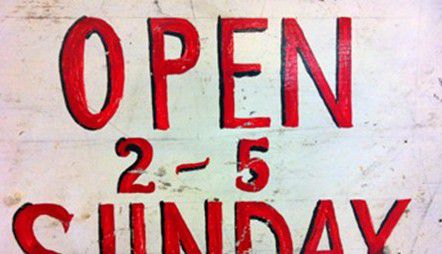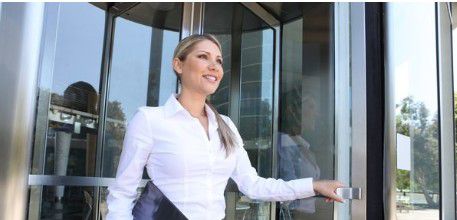如何计算市场收益率?
|
爱思英语编者按:股市有涨也有跌。假设每年的股价不是50就是100,没有上涨或下跌趋势。那么股市的资本回报率会有多大? Calculating market returns is all in the measuring The stock market goes up and down. Suppose its level alternates each year between 50 and 100, with no upward or downward trend. What is the capital return on the market? Common sense suggests the answer is zero. But is that common sense right? In the good years you obtain a return of 100 per cent. In the bad, the yield is minus 50 per cent. The average return is therefore 25 per cent. There is logic to that. If you invested the same amount every year, and sold at the end of a year, you would indeed make – on average – a very attractive return of 25 per cent a year. What if you bought and sold at random? In that case, four options are equally likely: buy and sell at 50, buy and sell at 100, buy at 50 and sell at 100, buy at 100 and sell at 50. The overall annual expected gain is 12.5 per cent. If you are by now thoroughly confused, you are not alone. The average historic return on the volatile equity market is central to calculations of the cost of capital and provision for future pension liabilities. But the figure has been debated for decades. The dispute is less about the underlying data than about the way you make the calculation. The question is often framed as the choice between arithmetic and geometric means. But there is no right or wrong answer. In all problems of this kind, the relevant measure is specific to the particular purpose you have in mind. The way we measure inflation is, in principle, straightforward too. You take an everyday basket of household goods and send a mystery shopper to discover what the bundle costs. Then you do the same thing a month later and find out how much the price of the basket has increased. You revise the composition of the basket regularly to introduce new goods and eliminate obsolete ones, and to respond to changes in the composition of spending. But every month some of the goods are on special offer. Perhaps you can buy one bottle of shampoo and get one free. The price of shampoo has fallen by 50 per cent but you spend the same and get two bottles. Then the offer ends, and the price has risen by 100 per cent. If you spent the same on shampoo and conditioner, and then the price of shampoo fell by half, and the price of conditioner doubled, we would probably want to say that the cost of washing your hair has gone up. What happens in practice depends on the detail of the instructions to the mystery shopper and the frequency with which the relative weights of the components of the basket are reassessed. |








